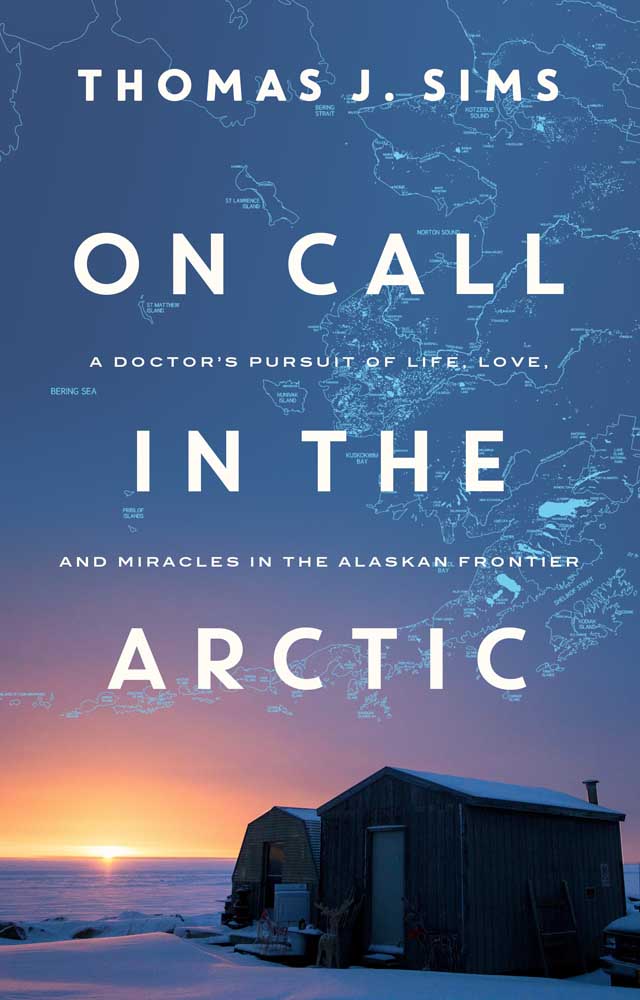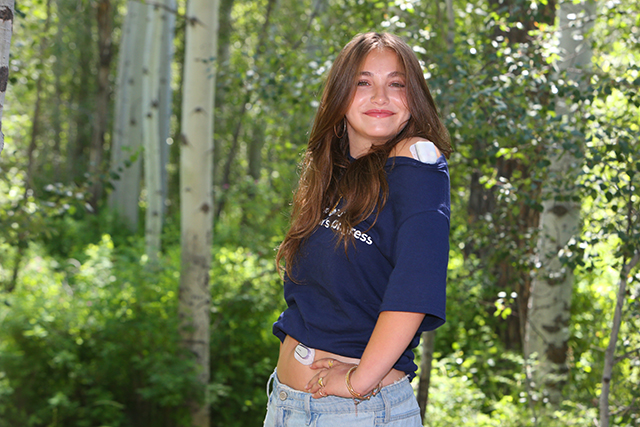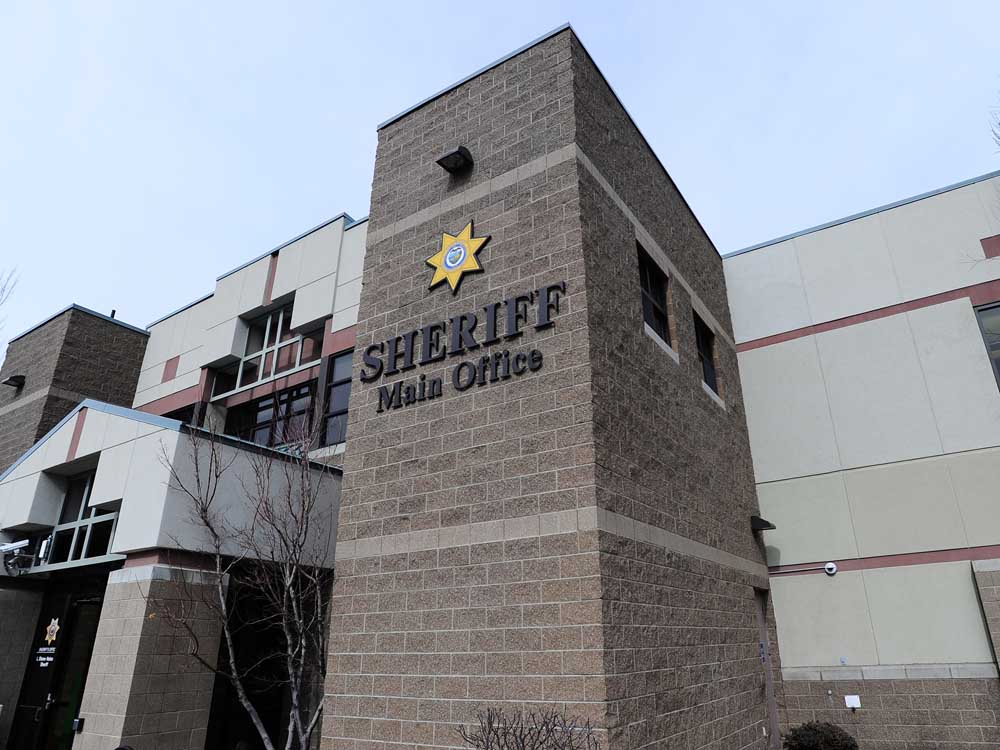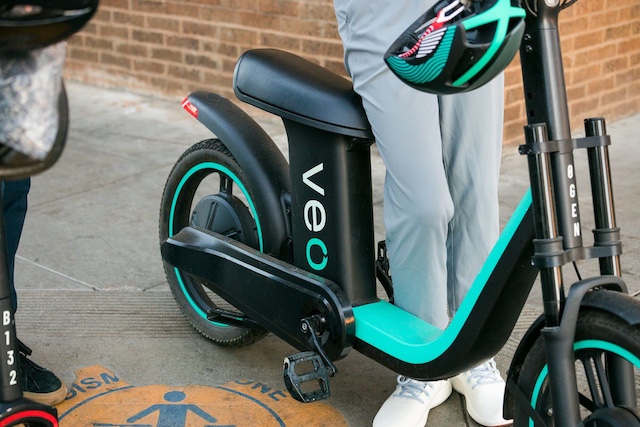Real life ‘Northern Exposure’ chronicled in new memoir
Published 12:00 am Thursday, September 27, 2018

- "On Call in the Arctic: A Doctor's Pursuit of Life, Love, and Miracles in the Alaskan Frontier," by Thomas J. Sims, recalls his experiences as the lone medical provider in one of the most remote outposts in North America. (Pegasus Books / Submitted cover art)
In the popular ’90s TV series “Northern Exposure,” a young doctor fresh out of medical school unexpectedly finds himself working as the sole physician in a remote Alaskan outpost and is completely unprepared for the physical, cultural and professional challenges he faces. But almost two decades before that series aired, this exact scenario was the reality faced by Dr. Thomas J. Sims.
Now retired and living near Sunriver, Sims has written about his Alaskan experiences in a new memoir titled “On Call in the Arctic: A Doctor’s Pursuit of Life, Love, and Miracles in the Alaskan Frontier.” He will discuss and sign copies of the book at upcoming events in Redmond, Bend and Sunriver.
Trending
Sims grew up in Los Angeles and graduated from medical school at Creighton University with dreams of becoming a pediatric surgeon. But in 1971 as he was finishing his medical internship, the possibility of being drafted into the Army and sent to Vietnam loomed large. So he accepted a commission in the U.S. Public Health service with an assignment to head a new pediatric unit at the hospital in Anchorage, Alaska.
However, before he arrived, Sims was reassigned as the sole medical officer in Nome, more than 500 miles northwest of Anchorage. At the time, Nome had a population of fewer than 5,000 people with little infrastructure and few amenities. Sims’ new position included responsibility for medical care in 13 outlying native villages with another 3,000 residents, some of whom could be reached only by small plane.
“At the time it was both a life-changing and life-devastating experience for us,” Sims said. “I was married, had a child and my wife, Pat, was pregnant.”
Rather than stay behind with the children, Pat insisted on accompanying and supporting Sims — despite the difficulties they would undoubtedly face.
At it’s core, “On Call in the Arctic” is about adaptation and the three traits Sims and his wife needed to succeed in extreme situations: flexibility, improvisation and perseverance.
“When we first arrived in Nome in July, we had no money and no food,” Sims said. Supplies were very expensive and difficult to come by and most had to be purchased elsewhere and shipped to Nome. The family had to survive for several weeks eating salmon that Sims was given as payment when he helped a local fisherman haul in his nets.
Trending
The small hospital in Nome was antiquated and understaffed, with Sims regularly seeing and treating up to 40 patients a day, in addition to performing emergency procedures. He also had to diagnose and treat patients from outlying villages over an old radio and fly there with only the equipment he could carry in his medical bag, to deal with emergencies.
“I had to do surgery many times without adequate anesthesia and once in the dark by flashlight when the lights went out,” Sims said. He was once stranded for 10 days by a snowstorm after treating a remote patient. In order to get home, he undertook a harrowing 12-hour sled journey across frozen rivers and lakes, then hitched a ride on a hunter’s plane with a moose carcass strapped to its landing skis.
But with all these challenges, one of the biggest obstacles Sims faced was the mistrust and resentment many Nome residents felt toward him, as a representative of the government.
In an attempt to counter this hostility, Pat insisted on giving birth in Nome — with Sims delivering their son himself — to aid in integrating them into the community. This helped turn at least some public opinion in their favor for the remainder of their 15-month posting.
In spite of all the hardships, the family found much to love about their time in Alaska — the natural beauty surrounding them, the bonding experiences they shared as a family and the warmth and humor of many of the people they encountered.
Sims began to realize that while his previous medical training and experience gave him a foundation for his work in Nome, it hadn’t truly prepared him.
“Nothing really could have prepared me for that,” Sims said. “My challenge was in how I let that situation mold my instincts.”
After leaving Nome, the family spent two more years in Anchorage before settling in Stayton, where Sims practiced family medicine for 25 years.
Today, Sims writes an online health tips newsletter and is beginning a new blog for Psychology Today magazine. He is also putting the finishing touches on a novel and would love to write another nonfiction book focused on his work and adventures in Oregon.








